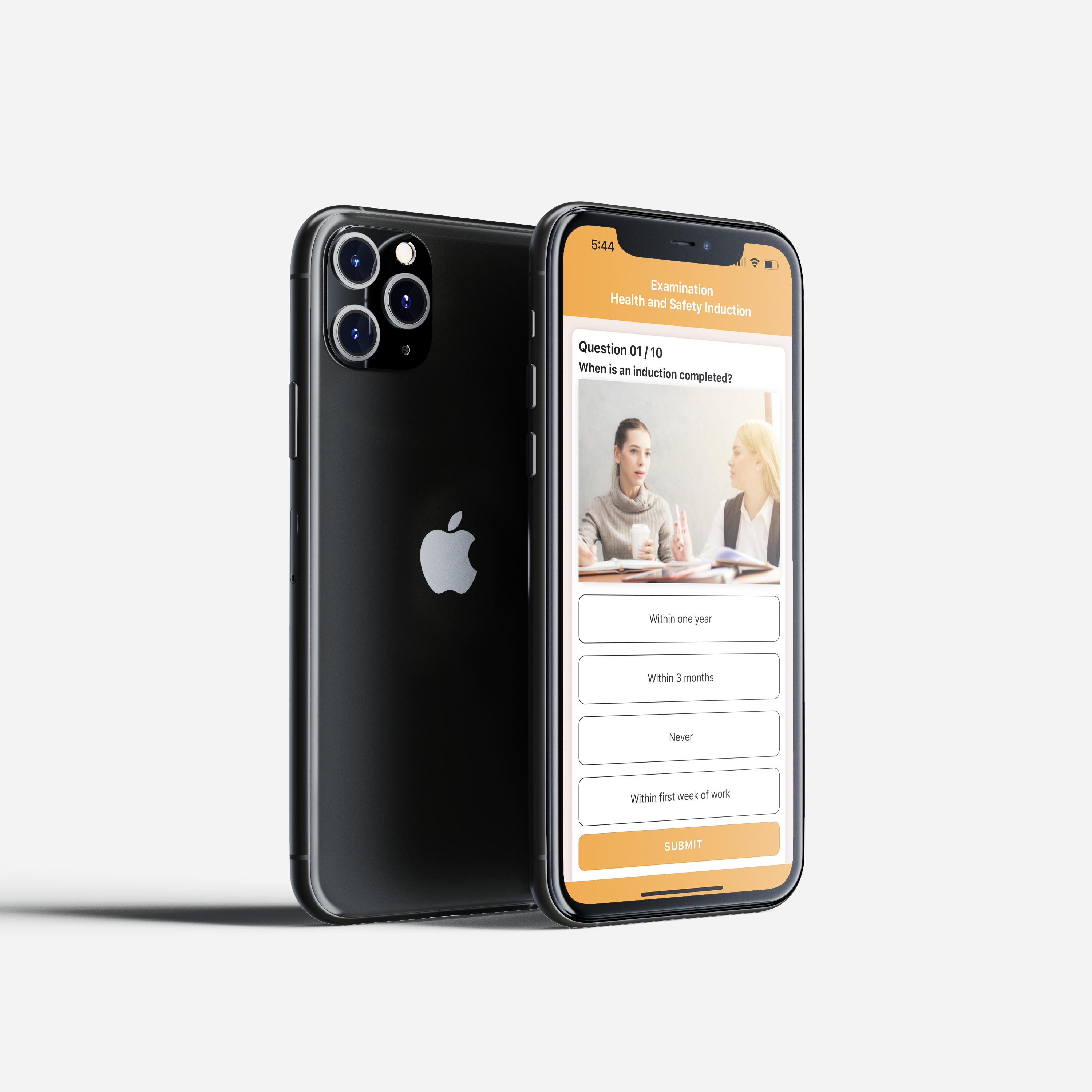
Risk Assessment Unleashed: Empowering Businesses with Our Cutting-Edge Software
Effectively managing risks is crucial for the success and sustainability of any organisation. Recognising this
Health and Safety Software » Risk Assessment » Personal Emergency Evacuation Plans (PEEP): The Importance of Planning for Emergencies

In the event of an emergency, it is imperative to have a robust plan. This is especially true for people who may have difficulty evacuating a building on their own. A Personal Emergency Evacuation Plan (PEEP) is a customised plan which outlines how a person will evacuate a building in the event of an emergency.
PEEPs are important for several reasons. First, they can help to ensure that people who are unable to evacuate on their own are able to get to safety quickly. Second, PEEPs can help to reduce the stress and anxiety that people may feel during an emergency. Third, PEEPs can help to ensure that people are aware of the risks associated with an emergency and how to mitigate those risks.
There are several different factors that should be considered when developing a PEEP. These factors include the person’s physical abilities, the layout of the building, and the type of emergency that is likely to occur. The PEEP should also include information about the person’s designated evacuation buddy, someone who will help the person evacuate the building in the event of an emergency.
PEEPs should be reviewed on a regular basis to ensure that they stay current. The person’s physical abilities may change over time, and the layout of the building may also change. It is vital to make sure that the PEEP reflects these changes.
Tips for developing a PEEP:
By following these tips, you can develop a PEEP which will help to keep a person safe in the event of an emergency.
The iProtectU health and safety software provides:
Arrange your demonstration
Let us show you how we can transform your compliance management
Choose a date and time for your demo (no obligation) and we will be in touch.

Effectively managing risks is crucial for the success and sustainability of any organisation. Recognising this

Artisan Environmental recently marked two decades of delivering specialist asbestos consultancy, inspection and health &

iCertifyU is an App which provides free eLearning for everyone, whether you are an employee,

According to recent research, almost half of UK tradespeople view asbestos as a problem of

31st October 2025 represents the deadline for organisations to transition their Information Security Management System

According to a recent head protection survey, only 15% of workers who should be wearing